|
#1
|
|||
|
|||
|
Most books are intended to be easily read and understood, and the oldest ones can often serve as windows into long-extinct cultures and ways of life. But others, either because of intentional obfuscation by the author or by virtue of being written in dead languages, remain mysterious to the scholars that study them. From obscure religious texts and books about magic to unbreakable codes and ciphers, the following are the ten artifacts of literature that have most confounded researchers and translators. 10. The Codex Seraphinianus 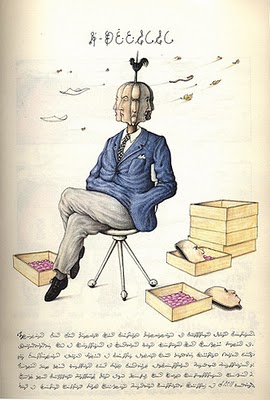 Written between 1976 and 1978 by Italian artist Luigi Serafini, the Codex Seraphinianus is nothing if not an intentional attempt at creating something mysterious. As much as it can be understood, the book is said to be an encyclopedia of an imaginary planet, complete with maps and drawings of plant and animal life. Most interesting of all, Serafini wrote the book in the language of his hypothetical world. The whole Codex is composed in a bizarre alphabet that has still yet to be translated even after intense study by linguists. Since the text itself is unreadable, the Codex has become most famous for Serafini’s artwork, which ranges from the surreal and beautiful to the downright disturbing. One page depicts fruit that seems to bleed, while another shows fish that are shaped like flying saucers. In one of the book’s most famous images (it’s been the cover in most editions), a series of panels depict a naked man and woman slowly transforming into an alligator. Possible Explanations Theories abound as to what the secret of the Codex Seraphinianus really is, but Serafini has remained tight-lipped about the book’s meaning ever since its release in the early 80s. Critics and admirers have proposed numerous theories, among them that the book’s text is actually a false language that means nothing, but no real answers have ever been uncovered. |
|
#2
|
|||
|
|||
|
9. The Liber Linteus
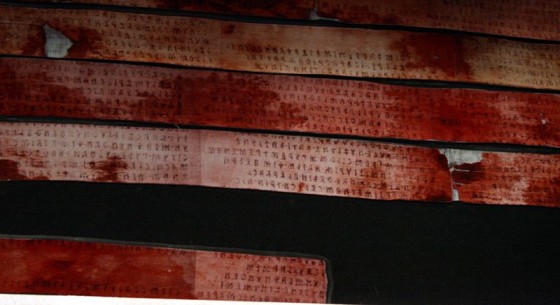 The Liber Linteus is an ancient text that dates back to the days of the Etruscans, a culture that flourished in Italy in the years prior to the rise of the Roman Empire. In addition to being one of the oldest and longest Etruscan documents, the Liber Linteus is also notable for being the only known example of a book made from linen. Even more interesting than the document itself is the context of its discovery. After the fall of the Etruscans, artifacts of their culture like the Liber Linteus ceased to hold any significance to the Romans. What they did care about, though, was the linen cloth that the book was written on. This was because after the Romans conquered Egypt, many of them began to embrace the custom of mummification, which required that the body be wrapped in cloth. It was through this practice that the Liber Linteus, which was probably seen as a useless artifact, was eventually used as a funeral wrapping for the mummified body of the wife an Egyptian tailor. This same mummified corpse was purchased hundreds of years later by a wealthy Croatian, who intended to use it as a wall decoration. After his death in the 1800s, the mummy was donated to a museum, and only then was the great cultural significance of the Liber Linteus realized. Possible Explanations In its entirety, the Liber Linteus consists of 230 lines of text totaling 1,200 words. Very little is known today about the Etruscan language, and as such the document has never been fully translated. But based on their limited knowledge, scholars have determined that the Liber Linteus is most likely a calendar describing Etruscan religious ritual. |
|
#3
|
|||
|
|||
|
8. The Book of Soyga
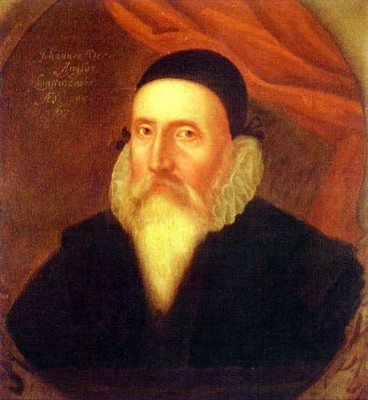 The Middle Ages produced their share of strange texts, but perhaps none was as mysterious as the Book of Soyga, a treatise on magic and the paranormal that contains passages that have yet to be translated by scholars. The book is most famously associated with John Dee, a noted thinker of the Elizabethan era who was known to dabble in the occult. In the 1500s, Dee was said to be in possession of one of the only copies of the book, and he supposedly became obsessed with unlocking its secrets, particularly a series of encrypted tables that Dee believed held the key to some kind of esoteric spiritual knowledge. This was no easy task, as the book’s unknown author had utilized a number of typographical tricks, including writing certain words backwards and encoding others in mathematical script. Dee became so fixated on cracking the codes that he even traveled to continental Europe in order to meet with a famous spiritual medium called Edward Kelley. Through Kelley, Dee claimed to have contacted the archangel Uriel, who he claimed told him that the book’s origins dated back to the Garden of Eden. Possible Explanations Unfortunately, Dee was unable to finish decoding the mysteries of the Book of Soyga before his death. The book itself, though known to have existed, was believed lost until 1994, when two copies of it were rediscovered in England. Scholars have since studied the book, and one of them was able to partially translate the tables that had so fascinated Dee. Still, beyond finding that the book is most likely related to Kabbalah, a mystical sect of Judaism, these researchers have not been able to decipher the book’s real significance. |
|
#4
|
|||
|
|||
|
7. The Rohonc Codex
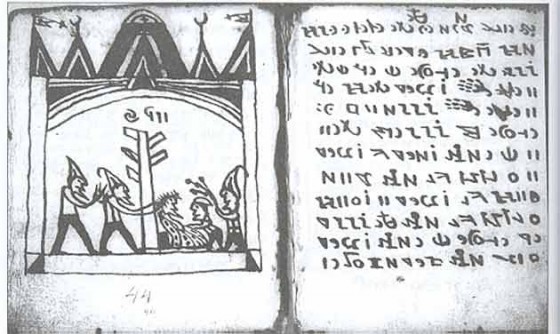 One document that has proven resistant to any kind of consistent translation or explanation is the Rohonc Codex, a centuries-old book that is said to have surfaced in Hungary sometime in the 1700s. The Codex consists of 448 pages of text, all of it written in a still-unknown language. Scholars have argued that it could be anything from early Hungarian to Hindi, but it lacks many of the prominent features of any of these languages. Moreover, the alphabet features many more characters than any major language outside of Chinese. Perhaps even more fascinating than the text of the Rohonc Codex are the 87 illustrations that accompany it. These depict everything from landscapes to military battles, but they also employ religious iconography that is unique to a number of different religions, including Christianity, Hindu, and Islam. This would suggest that whatever culture the document depicts had many different faiths in existence simultaneously. Possible Explanations There have been several partial translations of the Rohonc Codex, each with its own unique results. One scholar proclaimed the document to be a religious text, while another said it was a history of the Vlachs, a Latin culture that once thrived in modern-day Romania. But perhaps the most popular take on the document’s origin is that it was a hoax perpetrated by Samuel Literati Nemes, a notorious forger from the mid-1800s. This idea has often been disputed, but though they have managed to prove that the text of the Codex is not just gibberish, modern scholars have been unable to prove the forgery theory wrong. |
|
#5
|
|||
|
|||
|
6. Rongorongo
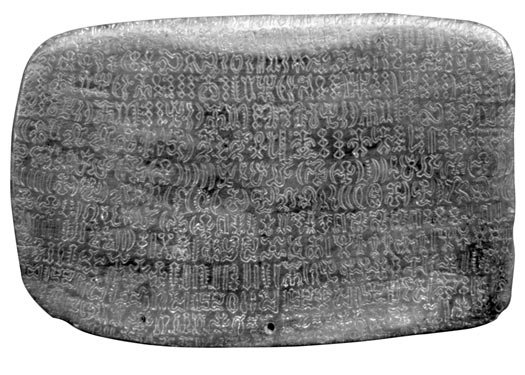 Rongorongo isn’t so much a text as it is series of artifacts. The name refers to an indecipherable system of pictographic writing that originated on the small island nation of Rapa Nui, also known as Easter Island. Few examples of Rongorongo exist, outside of some stone carvings and wood tablets, but it remains one of the biggest unsolved linguistic mysteries in the world. This is because Easter Island’s sheer isolation means that Rongorongo would have been created without the influence of other languages, a feature that provides scientists a unique opportunity to examine how writing first came into existence. Like Egyptian hieroglyphics, Rongorongo is pictographic in nature, consisting of a series of glyphs and symbols. The glyphs themselves are thought to be a key to when the script was first invented, as they include certain plants and animals that would have only been prevalent on Easter Island in the era before its discovery by Europeans in the 1700s. Possible Explanations Despite a great deal of study, scientists have been unable to translate any of the Rongorongo writing system. In fact, so little is known about it that some have argued that it isn’t writing at all, but rather an ornamental kind of artwork. The discovery of a tablet that depicts a lunar calendar seems to prove this theory wrong, but until the Rongorongo glyphs are fully translated, very little will be known about them for sure. |